Introduction
Nitrogen is a vital element (along with potassium, phosphorus and other sub-nutrients) for plant growth and development, along with organic gardening, so Nitrogen-fixing plants are great for you garden. It’s is an essential component of proteins, nucleic acids, and chlorophyll, and it is required in large amounts for photosynthesis. Nitrogen boosts leafy growth, aids in the creation of healthy flower buds, and helps set fruit. However, most plants cannot absorb nitrogen in its atmospheric form, which comprises almost 78% of the air we breathe.
Nitrogen-fixing plants have evolved a unique ability to convert atmospheric nitrogen into a form that can be used by plants. In this blog post, we will explore what nitrogen-fixing plants are, how they work, and why they are important.
What are Nitrogen-Fixing Plants?
Nitrogen-fixing plants are plants that have a special ability to convert atmospheric nitrogen into a form that is usable by plants. There are two main types of nitrogen-fixing plants: legumes and non-legumes.
Leguminous Plants
Leguminous plants belong to the family Fabaceae, which includes beans, peas, lentils, and clover. They have a symbiotic relationship with bacteria called rhizobia. These bacteria live in nodules on the roots of legumes and can convert atmospheric nitrogen into a form that plants can absorb. The rhizobia receive carbohydrates from the plant in exchange for the fixed nitrogen. Leguminous plants, such as beans and peas are the ones that we can leverage to enhance our raised bed garden’s soil.
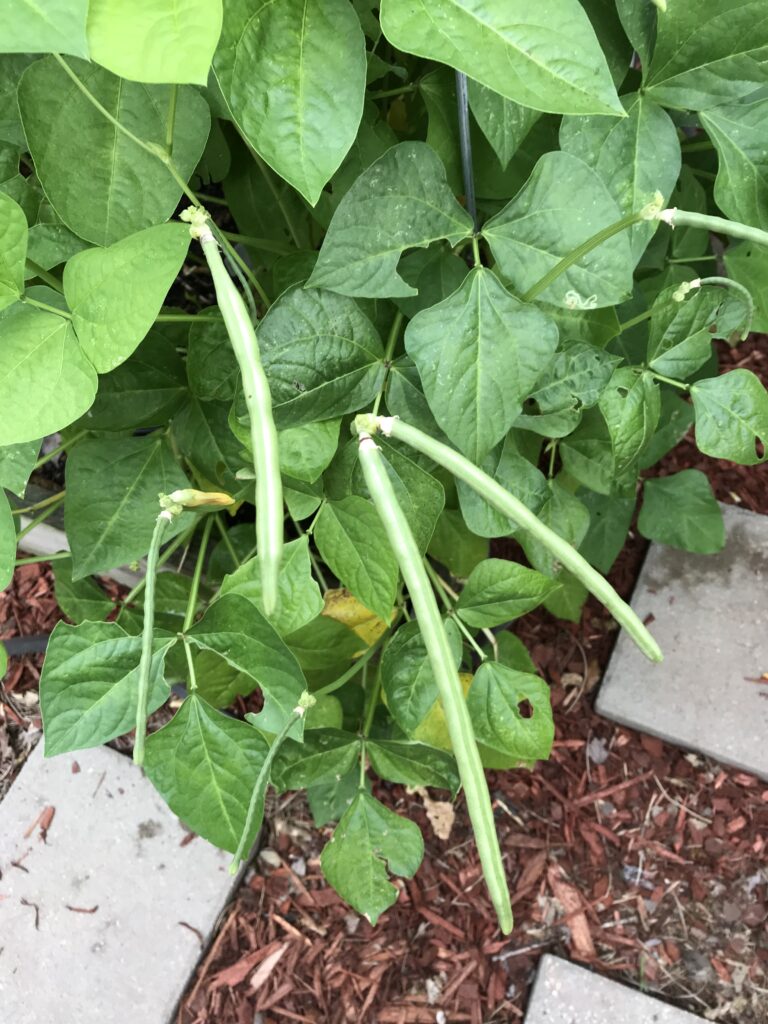
Non-Leguminous Plants
Non-leguminous plants include trees such as alder and black locust, and shrubs such as sea buckthorn (zones 2 – 7) and goumi. These plants have a symbiotic relationship with bacteria called Frankia. The bacteria live in nodules on the roots of the plant and convert atmospheric nitrogen into a form that plants can absorb. In exchange, the plant provides the bacteria with carbohydrates and other nutrients.
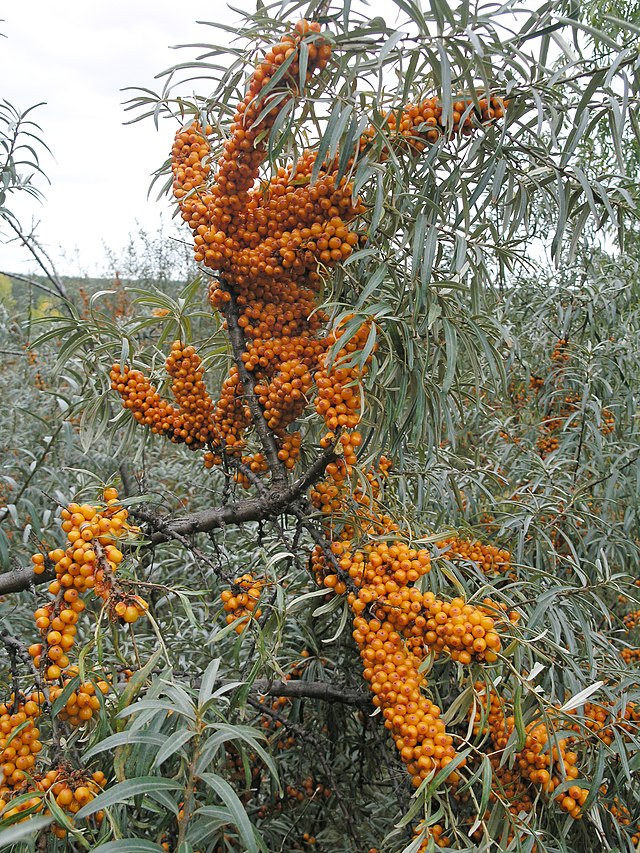
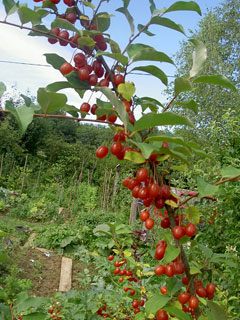
How Do Nitrogen-Fixing Plants Work?
Nitrogen fixation is a process that involves the conversion of atmospheric nitrogen into a form that is usable by plants. This process is carried out by nitrogen-fixing bacteria that live in the roots of plants. These bacteria convert atmospheric nitrogen into ammonia through a process called nitrogenase activity.
Leguminous Plants
In leguminous plants, the nitrogen-fixing bacteria are called rhizobia. Rhizobia live in nodules on the roots of legumes and form a symbiotic relationship with the plant. The rhizobia receive carbohydrates from the plant in exchange for the fixed nitrogen. The nitrogen is then converted into ammonium, which the plant can use to produce proteins and other nitrogen-containing compounds.
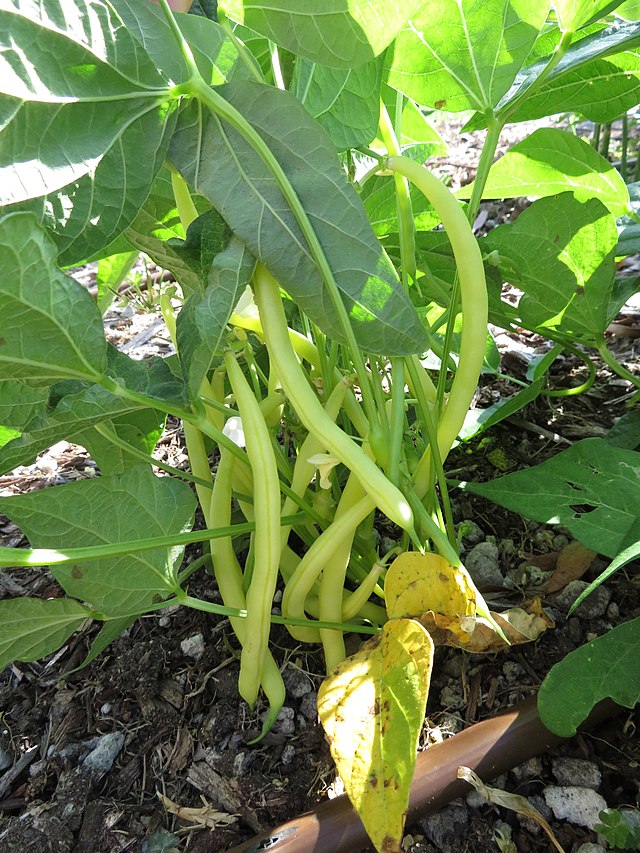
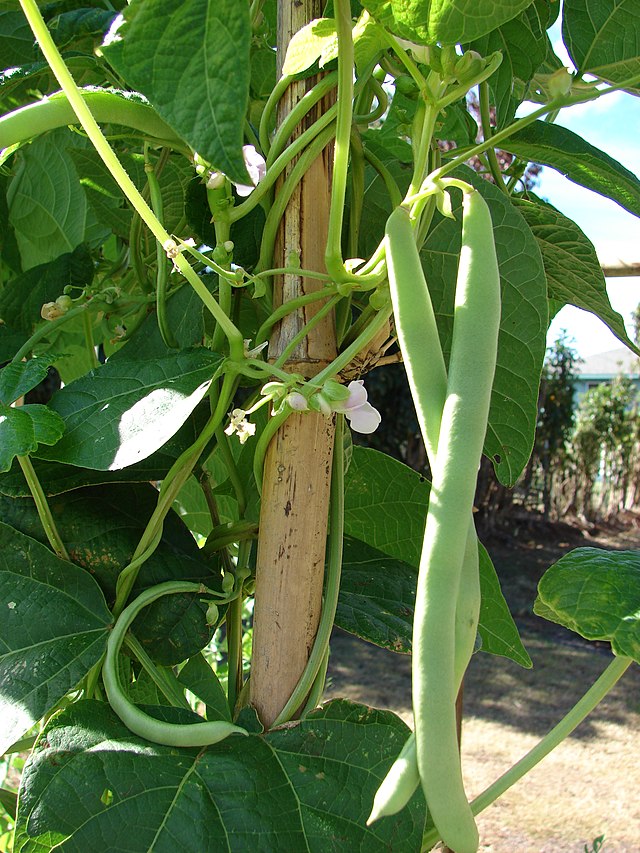
Non-Leguminous Plants
In non-leguminous plants, the nitrogen-fixing bacteria are called Frankia. Frankia live in nodules on the roots of the plant and form a symbiotic relationship with the plant. The bacteria receive carbohydrates and other nutrients from the plant in exchange for the fixed nitrogen. The nitrogen is then converted into ammonium, which the plant can use to produce proteins and other nitrogen-containing compounds.
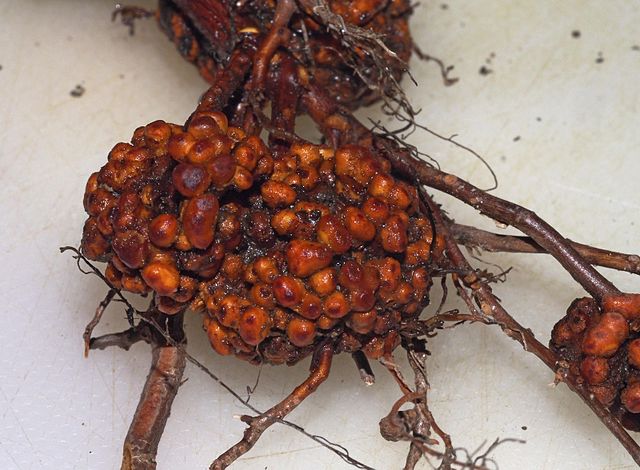
Why Are Nitrogen-Fixing Plants Important?
Organic Way to Enhance the Soil Health
Nitrogen-fixing plants play a crucial role in maintaining the health and fertility of soils. They help to increase the availability of nitrogen in soils and reduce the need for synthetic fertilizers. Synthetic fertilizers can have negative environmental impacts, such as leaching into waterways and contributing to greenhouse gas emissions. By using nitrogen-fixing plants as part of crop rotations or as cover crops, farmers can reduce their reliance on synthetic fertilizers and improve the health of their soils. Thus, that’s why you will hear me say “Feed the Soil, Not the Plants”.
Supports Biodiversity
Moreover, nitrogen-fixing plants can also help to support biodiversity. Many nitrogen-fixing plants are important sources of food and habitat for wildlife. For example, legumes such as clover and alfalfa provide food for pollinators like bees and butterflies. The nitrogen-fixing ability of legumes also helps to improve the soil quality, which benefits other plant species that grow alongside them. Plus, you get a harvest of beans or peas which supports our organic lifestyle.
Prevents Soil Erosion
In addition to supporting biodiversity, nitrogen-fixing plants can also help to reduce soil erosion. Their deep roots can help to stabilize soils and prevent erosion. They can also help to suppress weeds,
Conclusion
Nitrogen fixing plants bring a number of benefits to your garden. Beans and Peas are a solid part of your spring garden to eat but also provides so many other benefits to improve the health of your background organic raised bed garden. Nitrogen-fixing plants should become another tool in your garden toolbox. Remember, “Feed the Soil, Not the Plant”.
Check out my Louisiana Simple Living YouTube channel for in-depth organic gardening information. Check out the Plant Spotlight: Urizun Japanese Winged Bean post for a great bean post.
Best Regards,
Darrell Ferguson

Leave a Reply